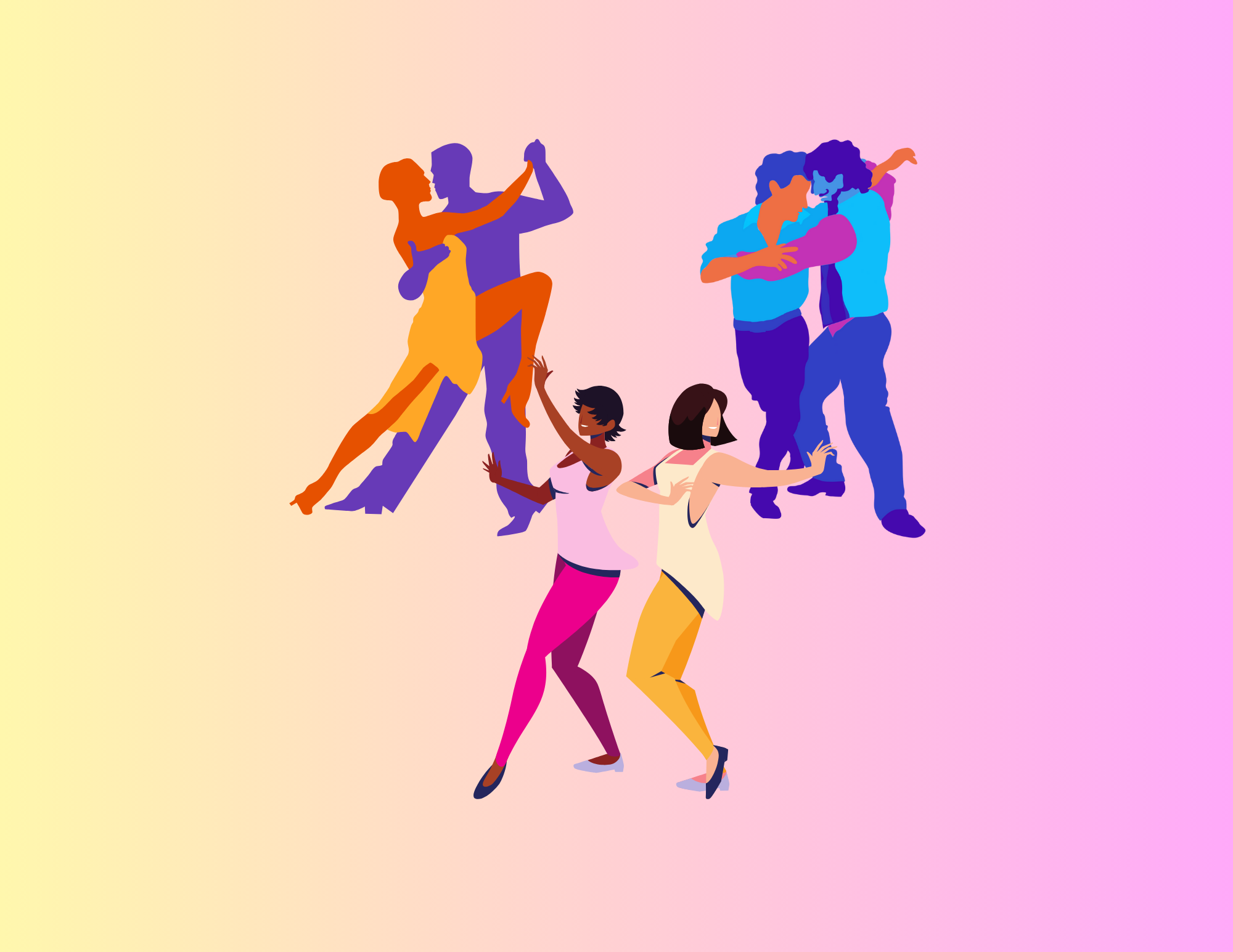Tango lessons and dancing will be offered on Saturday, November 30, 6-7pm.
Karl Bermann, father of the St. Lawrence County Center for History & Culture Executive Director Carlene Bermann, will lead the lesson. Mr. Bermann facilitates weekly tango dancing in Virginia at the Chrysler Museum of Art in Norfolk and at Southside Tango in Hampton Roads. When asked why tango dancing is his passion, Mr. Bermann said, “Dancing the tango gives us what our heart needs.” He added, “Tango dancing creates a safe space for people who don’t want to form romantic connections, and the dancing is a form of self-expression.”
The distinctive dance of tango and its musical style began in the1880s working-class port neighborhoods of Buenos Aires and Montevideo; on both sides of the Rio de la Plata, the natural river border between Argentina and Uruguay. The tango is a combination of Argentine Milonga, Spanish-Cuban Habanera, and Uruguayan Candombe celebrations. After a 1955 coup ousted Juan Perón in Argentina, the tango was repressed, a sort of “dark age” for tango dancing. It wasn’t that the military specifically banned tango but rather eliminated the night life through curfews and harassment. This ended in 1983, as all oppressive regimes do, and tango flourished and has spread worldwide.
The tango revival is a resurgence of interest in tango music and dance that began in the late 20th century. The revival brought tango dancing back into the cultural mainstream and led to a broader appreciation of the genre around the world. The revival was fueled by several factors, including the success of the tango-themed musical Tango Argentino in Paris in the 1980s, the Broadway musical Forever Tango and its international tour, the European show Tango Pasion, and the tango revival attracted younger audiences who were entranced by the shows, and also by the efforts of dedicated tango enthusiasts like Mr. Bermann. In 2009, UNESCO named tango to its Intangible Cultural Heritage List.
When Rev. Galasinski, Minister of the church, was asked how the Dance Connections initiative and tango dancing fit into UU faith and ministry, he said, “Many Unitarian Universalists find the sacred through the arts. Dance in particular builds beloved community.” He added, “Life is a dance. We learn to follow and learn to lead together. Music and movement is a gateway to joy.”
Community members will learn the basic moves of tango. Participants do not need to have prior dance experience, or a partner. Dancers will be partnered up at the lesson. The dancing will be hosted in the Unitarian Universalist Church of Canton social room. The church is located at 3 1/2 E. Main Street in Canton, there is a parking lot located at the back of the church building.

